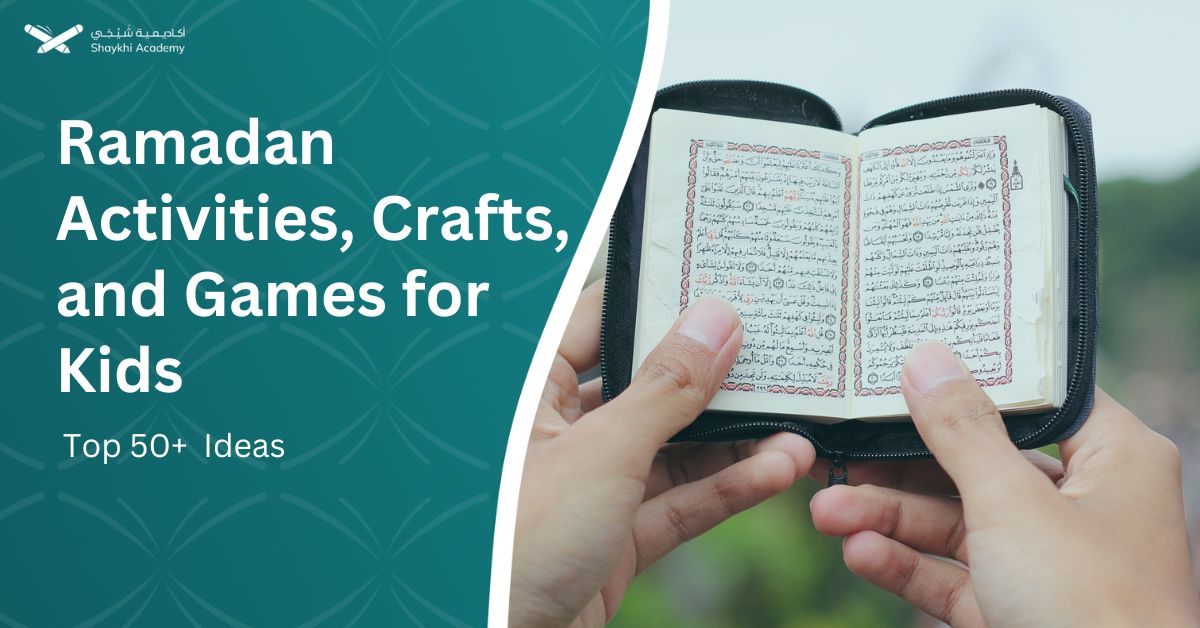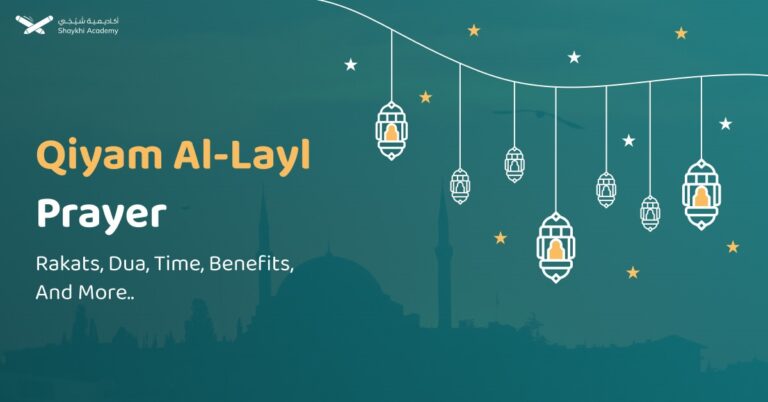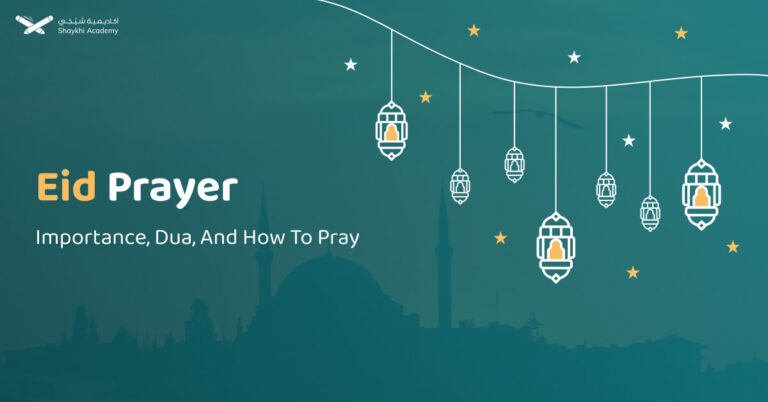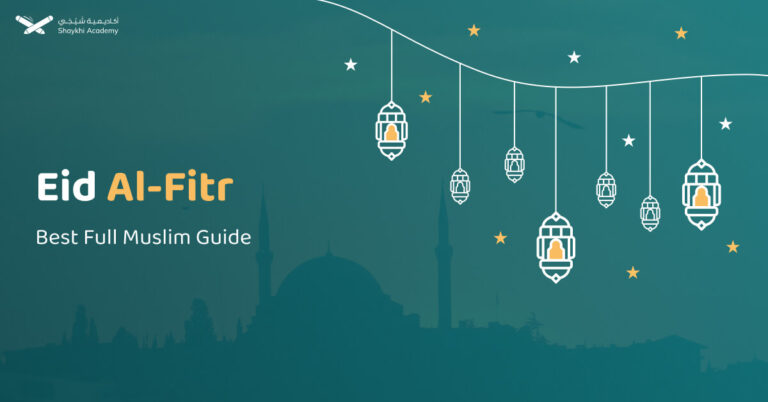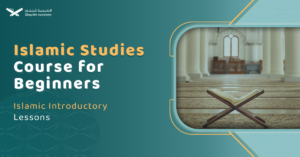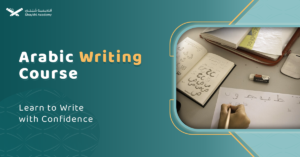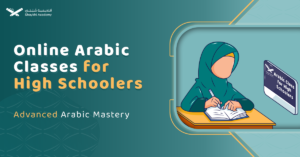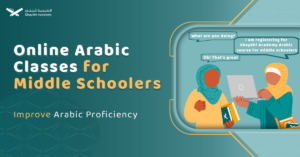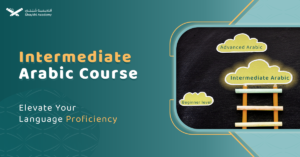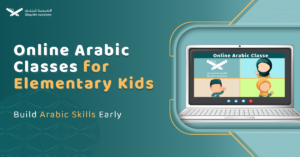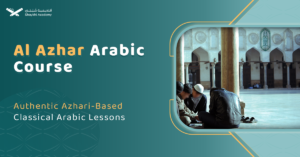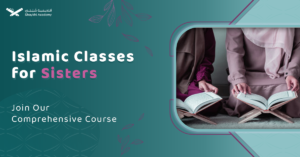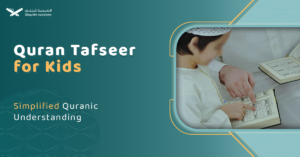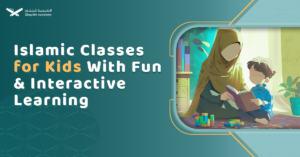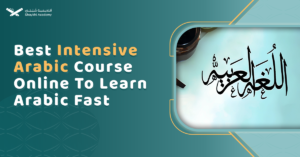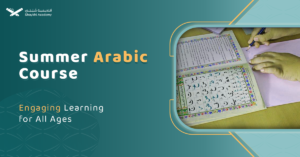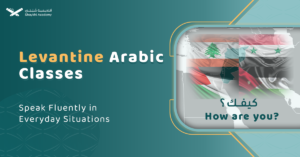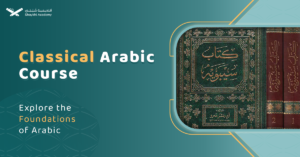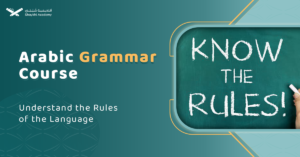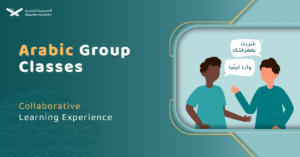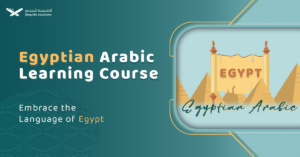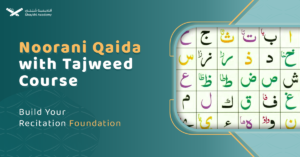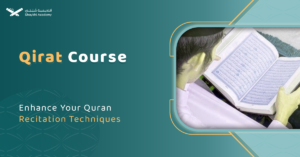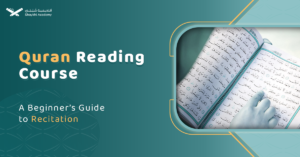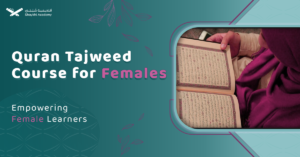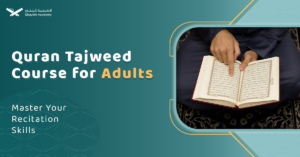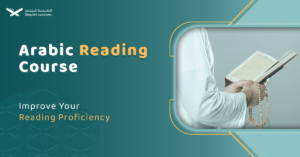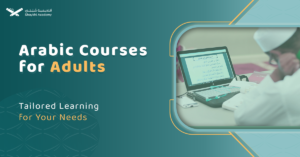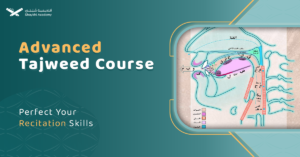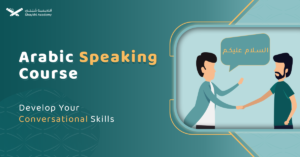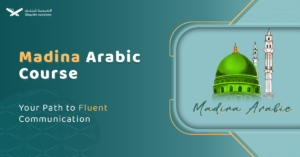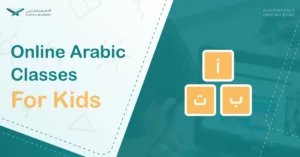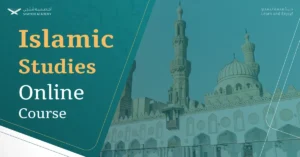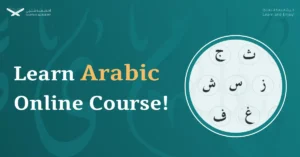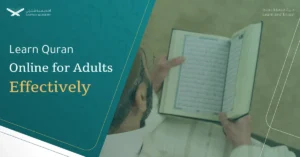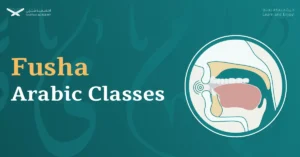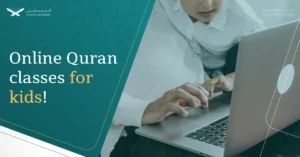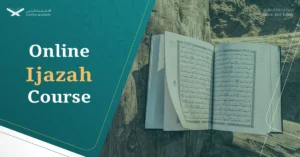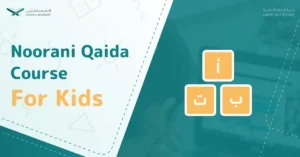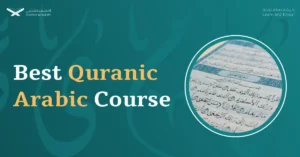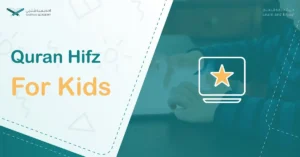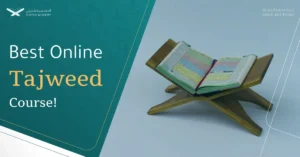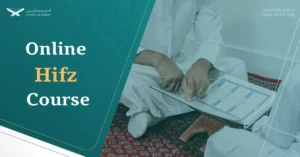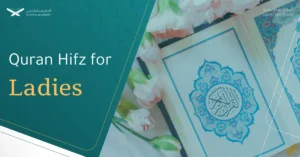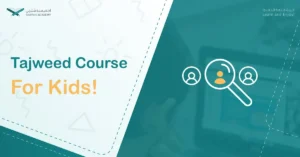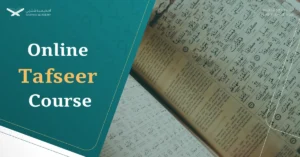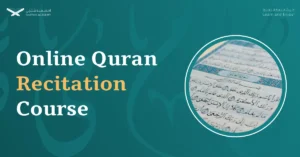These activities provide students with opportunities to engage with the spiritual, cultural, and communal aspects of Ramadan while fostering a sense of belonging and understanding within the school community.
These activities not only make Ramadan an engaging and educational experience for elementary students but also help them develop a deeper appreciation for their faith and cultural heritage.
1- Decorate Ramadan Cards:
Encourage students to create handmade Ramadan greeting cards for their family and friends, expressing well wishes for the holy month.
Objective: Encourage creativity and foster a sense of community by sharing Ramadan greetings.
Details:
- Provide students with materials such as colored paper, markers, stickers, glitter, and stencils.
- Teach them how to write simple Ramadan greetings like “Ramadan Mubarak” (Blessed Ramadan) or “Ramadan Kareem” (Generous Ramadan).
- Encourage them to personalize their cards with drawings of moons, stars, lanterns, or mosques.
Examples:
- A student might draw a crescent moon and write, “May this Ramadan bring you peace and happiness.”
- Another student could create a pop-up card with a lantern that opens when the card is unfolded.
Tips:
- Display the cards in the classroom or send them home for students to share with their families.
- Discuss the importance of spreading joy and kindness during Ramadan.
2- Learn Ramadan Vocabulary:
Teach elementary students basic Arabic vocabulary related to Ramadan, such as “iftar” (breaking fast), “suhoor” (pre-dawn meal), and “Quran” (Islamic holy book).
Objective: Introduce students to key Arabic terms associated with Ramadan to deepen their understanding of the holiday.
Details:
- Create flashcards or a word wall with terms like:
- Iftar: The meal to break the fast at sunset.
- Suhoor: The pre-dawn meal before fasting begins.
- Quran: The holy book of Islam.
- Sadaqah: Charity or voluntary giving.
- Taraweeh: Special nightly prayers during Ramadan.
- Use visuals, such as pictures of a family having iftar or a mosque during taraweeh, to reinforce the meanings.
Examples:
- Play a matching game where students match words to their definitions or images.
- Have students use the words in sentences, such as, “We eat suhoor before Fajr prayer.”
Tips:
- Incorporate the vocabulary into daily classroom discussions during Ramadan.
- Encourage students to teach these words to their families at home.
3- Ramadan Storytime:
Read children’s books or stories about Ramadan and its significance, emphasizing its values and teachings in a way that is accessible to elementary students.
Objective: Teach students about the values and significance of Ramadan through engaging stories.
Details:
- Choose age-appropriate books like “Lailah’s Lunchbox” by Reem Faruqi or “The Gift of Ramadan” by Rabiah York Lumbard.
- Read aloud to the class, pausing to explain key concepts like fasting, empathy, and gratitude.
- Discuss the moral lessons of the stories, such as sharing, patience, and the importance of family.
Examples:
- After reading “Lailah’s Lunchbox,” discuss how Lailah felt about fasting for the first time and how her classmates supported her.
- Use “The Gift of Ramadan” to talk about the joy of giving and the spirit of community during the holy month.
Tips:
- Follow up with a group discussion or a short writing activity where students reflect on what they learned.
- Invite students to share their own Ramadan experiences or traditions.
4- Ramadan Coloring Pages:
Provide students with Ramadan-themed coloring pages featuring images such as crescent moons, lanterns, and mosques, allowing them to express their creativity while learning about the holiday.
Objective: Combine creativity with learning by providing Ramadan-themed coloring activities.
Details:
- Provide coloring pages featuring:
- Crescent moons and stars.
- Lanterns (fanous).
- Mosques with minarets.
- Dates and iftar tables.
- Explain the significance of each image as students color.
Examples:
- A coloring page of a lantern could include a brief explanation of how lanterns are used to decorate homes during Ramadan.
- A page with a mosque could include a discussion about the importance of prayer during the holy month.
Tips:
- Display the finished coloring pages around the classroom to create a festive Ramadan atmosphere.
- Use the activity as a calming break during the day.
5- Acts of Kindness Challenge:
Encourage students to perform daily acts of kindness throughout Ramadan, such as helping a classmate, volunteering, or writing thank-you notes to school staff.
Objective: Encourage students to embody the spirit of Ramadan by performing daily acts of kindness.
Details:
- Create a “Kindness Calendar” with suggestions for small, achievable acts, such as:
- Helping a classmate with their work.
- Writing a thank-you note to a teacher or janitor.
- Donating toys or books to those in need.
- Sharing snacks during iftar.
- Track students’ progress and celebrate their efforts at the end of Ramadan.
Examples:
- A student might help a friend clean up after an art project.
- Another student could write a note saying, “Thank you for keeping our school clean,” to the janitorial staff.
Tips:
- Discuss how acts of kindness reflect the values of Ramadan, such as generosity and compassion.
- Recognize students’ efforts with small rewards or certificates.
6- Ramadan Craft Projects:
Engage students in hands-on craft activities, such as making paper lanterns, decorating Ramadan banners, or creating Ramadan calendars to count down the days until Eid.
Objective: Engage students in hands-on activities that celebrate Ramadan traditions.
Details:
- Provide materials for projects like:
- Paper Lanterns: Use colored paper, glue, and scissors to create decorative lanterns.
- Ramadan Banners: Design banners with phrases like “Ramadan Mubarak” or “Eid Saeed.”
- Ramadan Calendars: Create countdown calendars with pockets or stickers for each day of Ramadan.
- Explain the cultural significance of each craft as students work on them.
Examples:
- For paper lanterns, discuss how lanterns are a symbol of light and hope during Ramadan.
- For Ramadan calendars, talk about the excitement of counting down to Eid and the importance of each day in the holy month.
Tips:
- Display the crafts around the classroom or school to share the spirit of Ramadan with others.
- Encourage students to take their crafts home to share with their families.
7- Quran Recitation:
Organize a Quran recitation session where students can practice reading verses from the Quran aloud, promoting literacy and familiarity with the holy book. You can find Quranic recitation courses dedicated to children at many respectable academies; such as Shaykhi Academy’s Quran classes for kids, in which they hold such sessions for students and kids regularly.
Objective: Promote literacy and familiarity with the Quran by organizing a recitation session.
Details:
- Select short, easy-to-read verses (ayahs) from the Quran, such as Surah Al-Fatihah or Surah Al-Ikhlas.
- Provide students with copies of the verses in Arabic, along with transliteration and translation to help them understand the meaning.
- Encourage students to practice reading aloud, focusing on proper pronunciation (tajweed).
Examples:
- A student might recite Surah Al-Fatihah, the opening chapter of the Quran, which is often memorized by children.
- Another student could practice reading a verse about Ramadan, such as “شَهْرُ رَمَضَانَ الَّذِي أُنزِلَ فِيهِ الْقُرْآنُ” (The month of Ramadan in which the Quran was revealed).
Tips:
- Use resources like Shaykhi Academy’s Quran classes for kids, which offer structured recitation sessions for children.
- Create a supportive environment where students feel comfortable practicing and improving their recitation skills.
- Reward students for their efforts with certificates or small prizes to encourage participation.
8- Islamic Calligraphy:
Introduce students to the art of Islamic calligraphy by teaching them how to write basic Arabic phrases or verses from the Quran in beautiful script.
Objective: Introduce students to the art of Islamic calligraphy and its cultural significance.
Details:
- Provide students with calligraphy tools such as brushes, ink, and paper, or use markers and pens for beginners.
- Teach them how to write basic Arabic phrases like “رمضان مبارك” (Ramadan Mubarak) or “بسم الله الرحمن الرحيم” (Bismillah ar-Rahman ar-Rahim).
- Explain the history and importance of calligraphy in Islamic art and culture.
Examples:
- A student might create a calligraphy piece featuring the phrase “الصبر مفتاح الفرج” (Patience is the key to relief), reflecting a key value of Ramadan.
- Another student could design a decorative frame around the word “الله” (Allah) using geometric patterns.
Tips:
- Display the finished calligraphy pieces in the classroom or school to celebrate students’ work.
- Incorporate a brief lesson on the significance of the phrases being written.
9- Ramadan Journaling:
Provide students with Ramadan journals where they can reflect on their experiences, thoughts, and feelings throughout the holy month, encouraging self-expression and introspection.
Objective: Encourage self-expression and introspection through reflective writing.
Details:
- Provide students with journals or notebooks specifically for Ramadan.
- Include prompts such as:
- “What does Ramadan mean to you?”
- “How do you feel when you fast for the first time?”
- “What is one act of kindness you performed today?”
- Allow students to write or draw their responses, making the activity accessible to all learning styles.
Examples:
- A student might write, “Today, I helped my mom set the table for iftar. It made me feel happy to contribute.”
- Another student could draw a picture of their family praying together and write, “I love spending time with my family during Ramadan.”
Tips:
- Encourage students to share their journal entries with the class if they feel comfortable.
- Use the journals as a tool to discuss the values of Ramadan, such as gratitude, patience, and empathy.
10- Ramadan Assembly:
Host a special assembly or presentation where students can share what they have learned about Ramadan through performances, speeches, or creative projects, fostering a sense of community and understanding among peers.
Objective: Foster a sense of community and understanding by hosting a special assembly.
Details:
- Organize a school-wide or classroom assembly where students can showcase what they’ve learned about Ramadan.
- Include activities such as:
- Speeches about the significance of Ramadan.
- Recitations of Quranic verses or nasheeds (Islamic songs).
- Presentations of Ramadan crafts, calligraphy, or journals.
- Invite parents and community members to attend and celebrate with the students.
Examples:
- A group of students might perform a skit about the importance of sharing during Ramadan.
- Another group could recite a poem they wrote about the joy of Eid.
Tips:
- Assign roles to students, such as speakers, performers, or organizers, to ensure everyone feels involved.
- Use the assembly as an opportunity to educate the wider school community about Ramadan.
11- Ramadan Reflection Journals:
Encourage students to keep a Ramadan reflection journal where they can write or draw about their experiences, feelings, and insights during the holy month.
Objective: Deepen students’ understanding of Ramadan through personal reflection.
Details:
- Provide students with a structured journal that includes daily or weekly prompts, such as:
- “What did you learn about patience today?”
- “How did you feel when you helped someone?”
- “What are you grateful for this Ramadan?”
- Encourage students to write or draw their thoughts and experiences.
Examples:
- A student might write, “Today, I felt proud of myself for fasting the whole day. It was hard, but I did it!”
- Another student could draw a picture of a mosque and write, “I love going to taraweeh prayers with my family.”
Tips:
- Use the journals as a tool for ongoing discussions about Ramadan values and teachings.
- Celebrate students’ reflections by sharing excerpts (with their permission) during class or assembly.
12- Community Service Projects:
Organize community service projects such as volunteering at a local soup kitchen, organizing donation drives, or participating in neighborhood clean-up efforts to give back to the community during Ramadan.
Objective: Encourage students to embody the spirit of giving and community service during Ramadan.
Details:
- Organize projects such as:
- Volunteering at a local soup kitchen to serve iftar meals.
- Collecting and donating food, clothes, or school supplies for those in need.
- Participating in neighborhood clean-up efforts to promote environmental stewardship.
- Discuss the importance of charity (sadaqah) and community service in Islam.
Examples:
- A group of students might organize a food drive and collect non-perishable items for a local food bank.
- Another group could visit a senior center to spend time with elderly residents and share Ramadan greetings.
Tips:
- Partner with local organizations to identify community needs and plan meaningful projects.
- Reflect on the experience as a class, discussing how the activity made students feel and what they learned.
13- Islamic Quiz Competitions:
Host Islamic quiz competitions or trivia nights where students can test their knowledge about Ramadan, Islamic history, and teachings. Offer prizes for participants to make it more engaging.
Objective: Test and expand students’ knowledge about Ramadan and Islamic teachings in a fun and engaging way.
Details:
- Create a quiz with questions about:
- Ramadan traditions and practices.
- Islamic history and prophets.
- Quranic verses and their meanings.
- Use formats like multiple-choice, true/false, or team-based trivia.
- Offer small prizes, such as Islamic books, art supplies, or certificates, to motivate participants.
Examples:
- A question might be, “What is the name of the pre-dawn meal before fasting begins?” (Answer: Suhoor).
- Another question could be, “Which chapter of the Quran is known as the ‘Heart of the Quran’?” (Answer: Surah Yasin).
Tips:
- Make the competition inclusive by grouping students of different skill levels together.
- Use the quiz as an opportunity to teach new information and clarify misconceptions.
14- Ramadan Arts and Crafts Workshops:
Conduct arts and crafts workshops where students can create Ramadan-themed artwork, decorations, or greeting cards to share with their families and friends.
Objective: Engage students in creative activities that celebrate Ramadan traditions.
Details:
- Provide materials for projects such as:
- Decorating lanterns (fanous) with paint, glitter, and stickers.
- Creating Ramadan banners with phrases like “Ramadan Mubarak” or “Eid Saeed.”
- Designing greeting cards with Islamic motifs like crescents, mosques, and dates.
- Explain the cultural significance of each craft as students work on them.
Examples:
- A student might create a lantern and write, “This lantern represents the light of Ramadan in my heart.”
- Another student could design a card with a mosque and the message, “May your Ramadan be filled with blessings.”
Tips:
- Display the finished crafts in the classroom or school to create a festive Ramadan atmosphere.
- Encourage students to take their creations home to share with their families.
15- Islamic Lectures and Talks:
Invite guest speakers or local scholars to give talks and lectures about various aspects of Ramadan, such as the significance of fasting, the importance of charity, and the spirit of forgiveness.
Objective: Deepen students’ understanding of Ramadan through expert insights.
Details:
- Invite guest speakers, such as local imams, scholars, or community leaders, to give talks on topics like:
- The spiritual significance of fasting.
- The importance of charity (zakat and sadaqah) during Ramadan.
- The virtues of patience, gratitude, and forgiveness.
- Allow time for students to ask questions and engage in discussions.
Examples:
- A scholar might explain the story of the first revelation of the Quran to Prophet Muhammad (PBUH) during Ramadan.
- Another speaker could discuss the health benefits of fasting and how to maintain energy during the day.
Tips:
- Prepare students in advance by introducing the topic and encouraging them to think of questions.
- Follow up with a reflective activity, such as journaling or a group discussion.
16- Quran Recitation Competitions:
Hold Quran recitation competitions where students showcase their memorization and recitation skills. Encourage participants to recite verses related to Ramadan and its themes.
Objective: Encourage students to improve their Quran recitation skills and deepen their connection with the holy book.
Details:
- Organize a competition where students recite verses from the Quran, focusing on proper pronunciation (tajweed) and fluency.
- Include categories such as:
- Memorization of short surahs (e.g., Surah Al-Ikhlas, Surah Al-Fatihah).
- Recitation of verses related to Ramadan (e.g., “شَهْرُ رَمَضَانَ الَّذِي أُنزِلَ فِيهِ الْقُرْآنُ” – The month of Ramadan in which the Quran was revealed).
- Provide constructive feedback to help students improve.
Examples:
- A student might recite Surah Al-Qadr, which highlights the significance of Laylatul Qadr (the Night of Decree).
- Another student could memorize and recite a longer passage, such as the first ten verses of Surah Al-Baqarah.
Tips:
- Invite a qualified Quran teacher or imam to judge the competition and provide guidance.
- Offer prizes such as Islamic books, certificates, or trophies to motivate participants.
- Create a supportive environment where students feel encouraged to participate, regardless of their skill level.
17- Cooking Classes and Demonstrations:
Arrange cooking classes or demonstrations where students can learn how to prepare traditional Ramadan dishes and snacks. This helps them appreciate the culinary aspects of the holy month.
Objective: Teach students about traditional Ramadan foods and the cultural significance of sharing meals during the holy month.
Details:
- Arrange hands-on cooking classes or demonstrations where students can learn to prepare dishes such as:
- Dates: A staple for breaking the fast.
- Samosas: A popular Ramadan snack.
- Harira: A traditional soup often served during iftar.
- Kunafa: A sweet dessert enjoyed during Ramadan.
- Discuss the importance of moderation, gratitude, and sharing meals with others.
Examples:
- A cooking instructor might demonstrate how to make samosas, explaining the ingredients and steps.
- Students could work in groups to prepare a simple dish, such as a fruit salad, to share with their classmates.
Tips:
- Ensure the recipes are age-appropriate and easy to follow.
- Highlight the cultural diversity of Ramadan foods by including dishes from different Muslim-majority countries.
- Use the activity as an opportunity to discuss the health benefits of eating balanced meals during Ramadan.
18- Islamic Film Screenings:
Screen documentaries or films related to Islam, Ramadan, and Islamic history for students to watch and discuss. This provides an educational and entertaining way to learn more about the religion and its traditions.
Objective: Educate students about Islam, Ramadan, and Islamic history through engaging visual media.
Details:
- Select age-appropriate documentaries or films, such as:
- “The Message” (1976): A historical film about the life of Prophet Muhammad (PBUH).
- “Ramadan Around the World”: A documentary showcasing how Ramadan is celebrated in different cultures.
- “The Boy and the King”: An animated film about faith and perseverance.
- Follow the screening with a discussion or Q&A session to reinforce key lessons.
Examples:
- After watching “Ramadan Around the World,” students could discuss how their own Ramadan traditions compare to those shown in the film.
- A screening of “The Message” could be followed by a lesson on the early history of Islam.
Tips:
- Provide a brief introduction to the film to set the context and highlight its themes.
- Encourage students to take notes during the screening to facilitate discussion afterward.
- Use the activity to promote critical thinking and cultural awareness.
19- Ramadan Sports Tournaments:
Organize sports tournaments or games such as soccer, basketball, or volleyball during Ramadan. Students can participate in friendly competitions while promoting physical activity and teamwork during the fasting month.
Objective: Promote physical activity, teamwork, and camaraderie during Ramadan.
Details:
- Organize friendly sports tournaments or games, such as:
- Soccer, basketball, or volleyball matches.
- Relay races or obstacle courses.
- Traditional games like tug-of-war or sack races.
- Schedule the activities for late afternoon or early evening to accommodate fasting students.
Examples:
- A soccer tournament could be organized with teams representing different classes or grades.
- A relay race might include fun challenges, such as dribbling a ball or carrying a water bottle without spilling.
Tips:
- Emphasize sportsmanship and teamwork over competition.
- Provide water and light snacks for students to break their fast after the activities.
- Use the tournament as an opportunity to discuss the importance of staying active and healthy during Ramadan.
20- Ramadan Storytime:
Read simple and age-appropriate children’s books about Ramadan to the kindergarten class, emphasizing the importance of fasting, charity, and family during the holy month.
Objective: Introduce kindergarten students to the values and traditions of Ramadan through engaging and age-appropriate stories.
Details:
- Select children’s books that explain Ramadan in a simple and relatable way. Some popular titles include:
- “It’s Ramadan, Curious George” by Hena Khan.
- “Lailah’s Lunchbox” by Reem Faruqi.
- “The Gift of Ramadan” by Rabiah York Lumbard.
- “Ramadan Moon” by Na’ima B. Robert.
- Use expressive reading techniques, such as changing your voice for different characters and using props or visuals to make the story come alive.
- Pause during the story to explain key concepts like fasting (sawm), charity (sadaqah), and family gatherings.
Examples:
- While reading “It’s Ramadan, Curious George,” you could explain how George learns about fasting and helping others, and relate it to the students’ own experiences.
- In “Lailah’s Lunchbox,” you might discuss how Lailah feels about fasting for the first time and how her classmates support her, encouraging empathy and inclusivity.
Tips:
- Keep the storytime interactive by asking questions like, “What do you think Lailah will do next?” or “How would you feel if you were fasting?”
- Follow up with a simple activity, such as drawing a picture of their favorite part of the story or sharing what they learned about Ramadan.
- Use the storytime to reinforce values like kindness, sharing, and gratitude, which are central to Ramadan.
